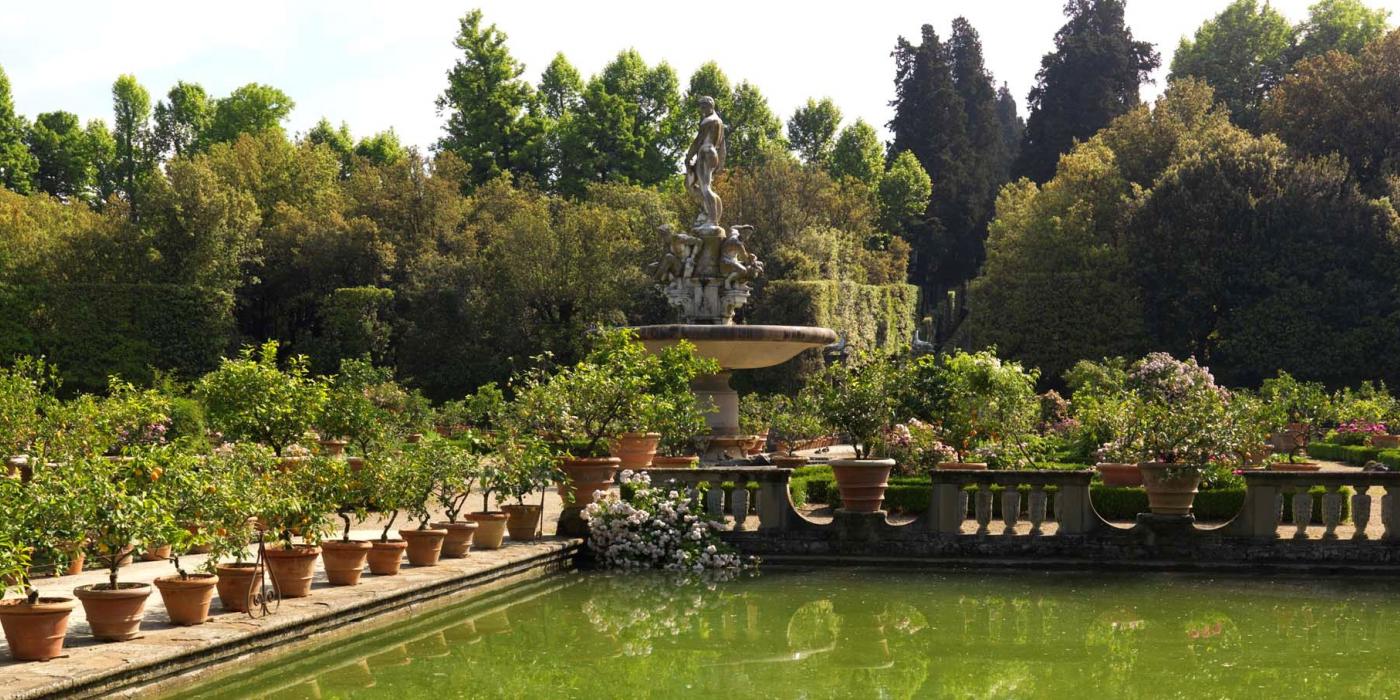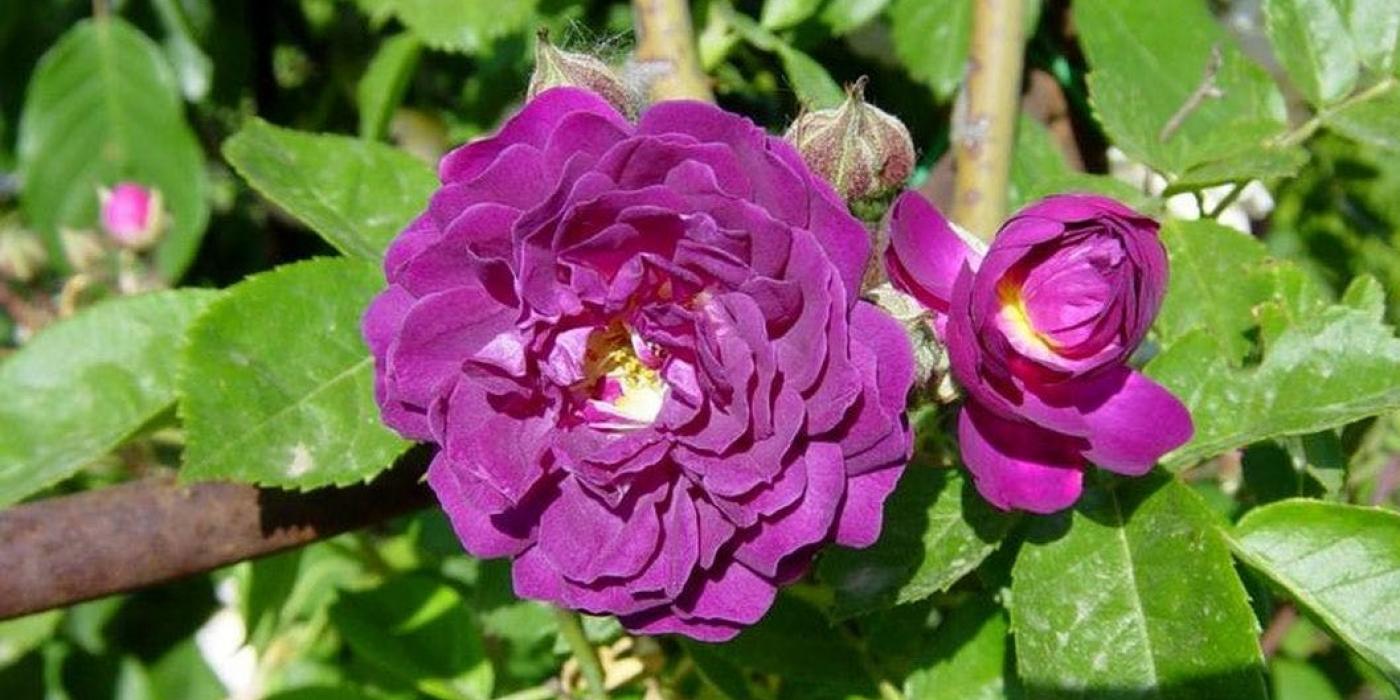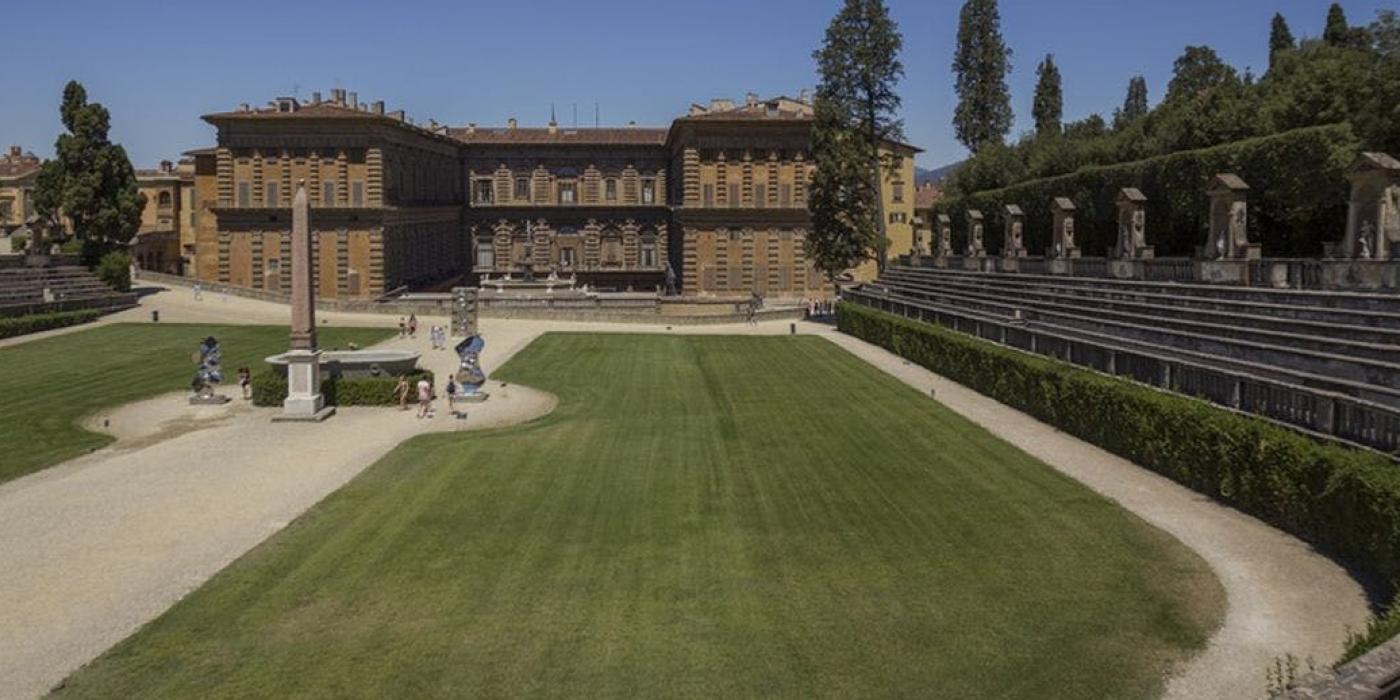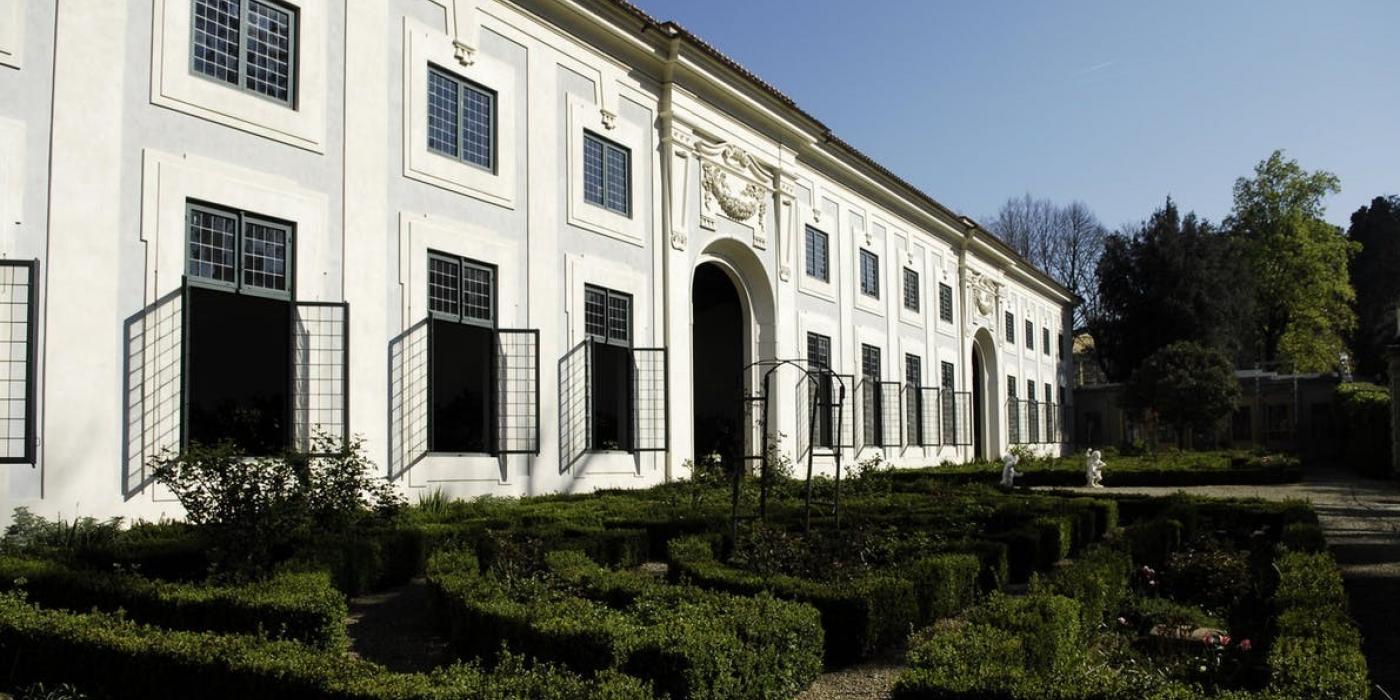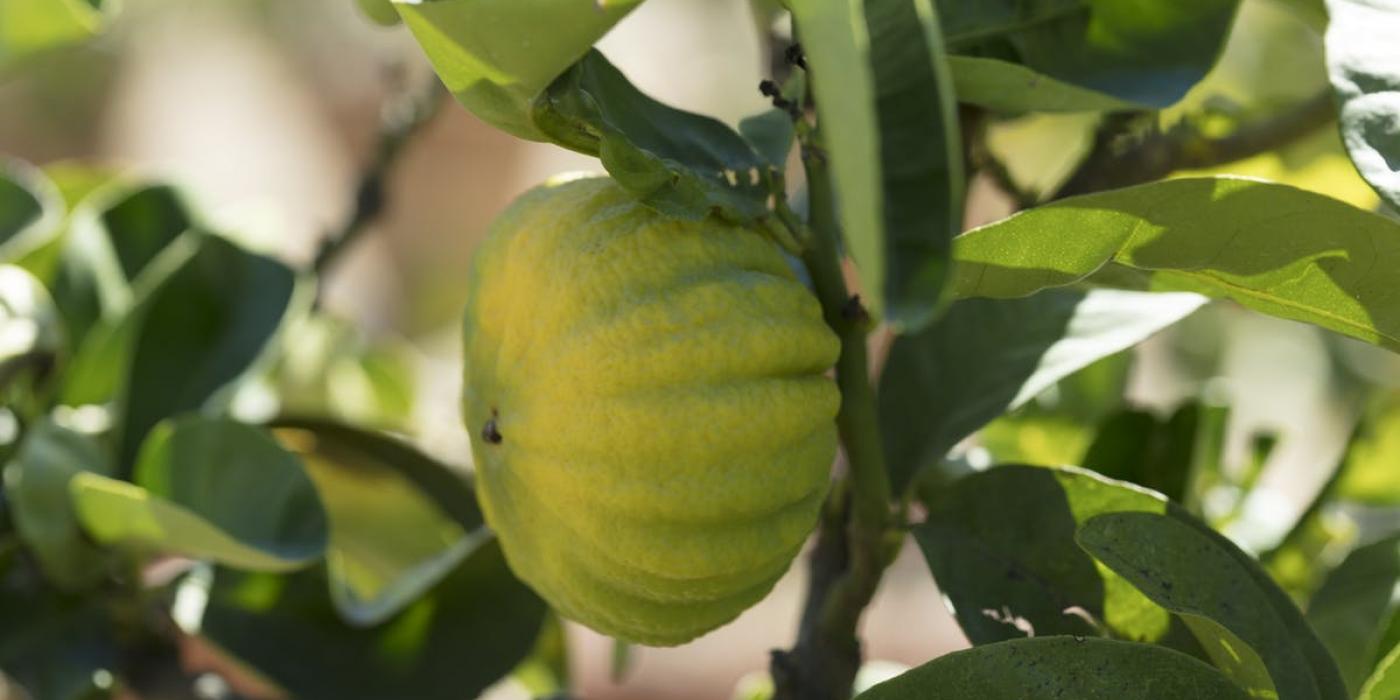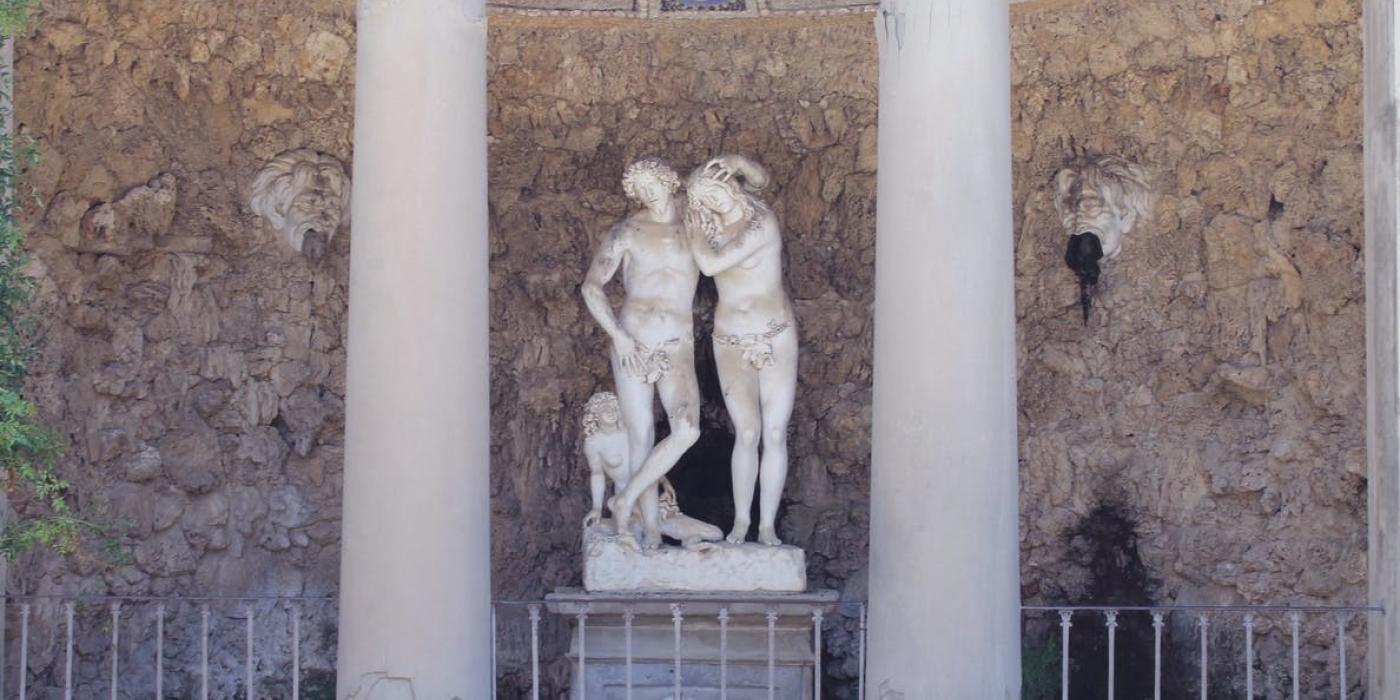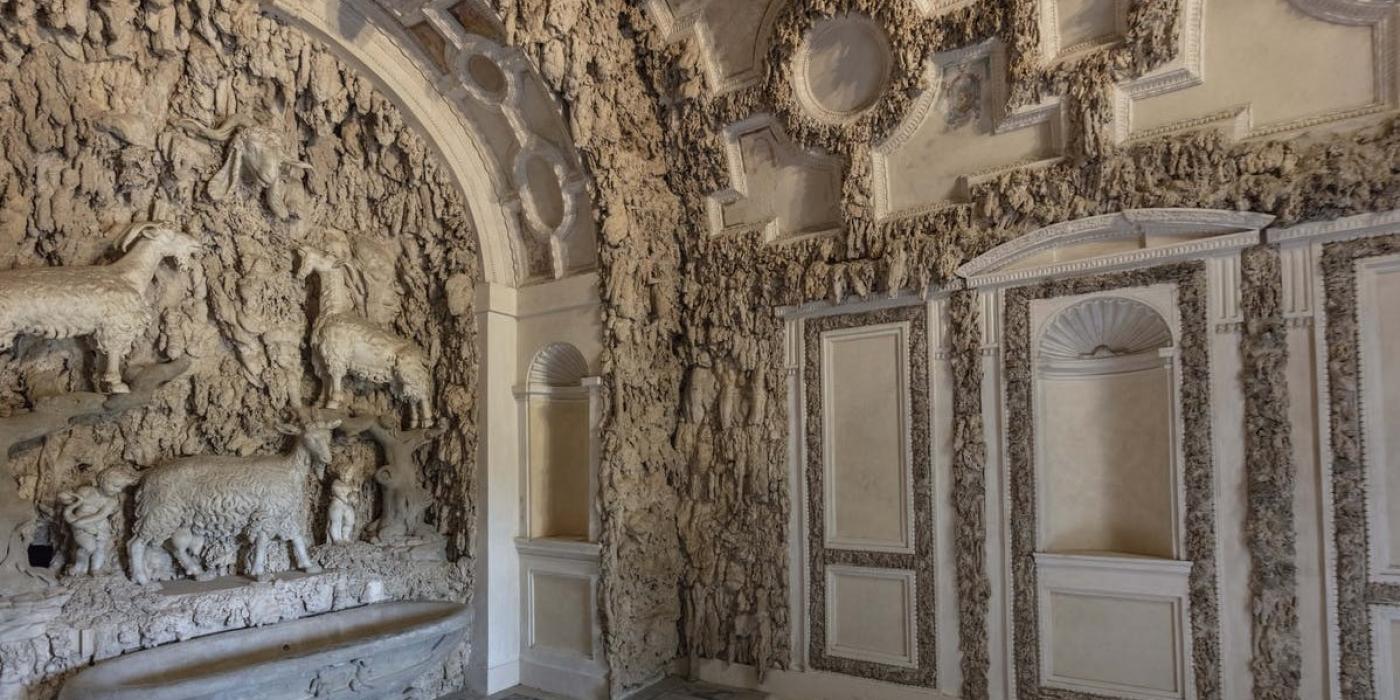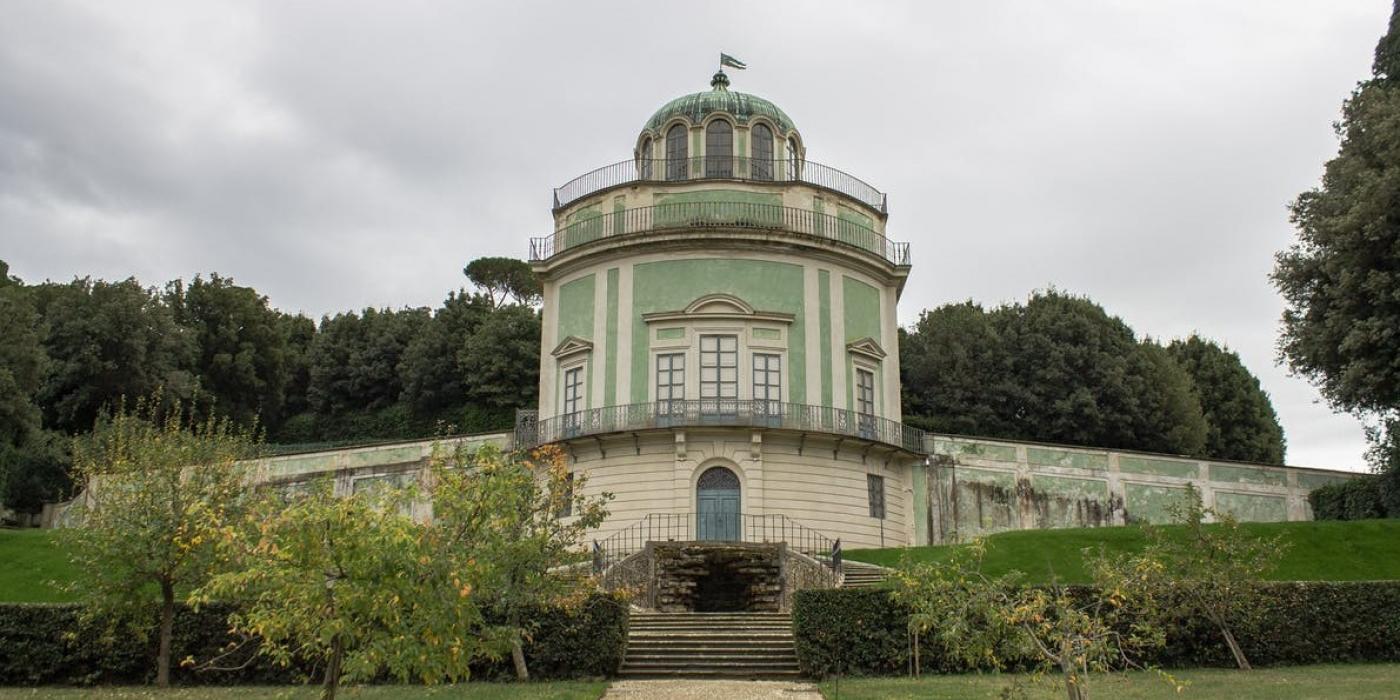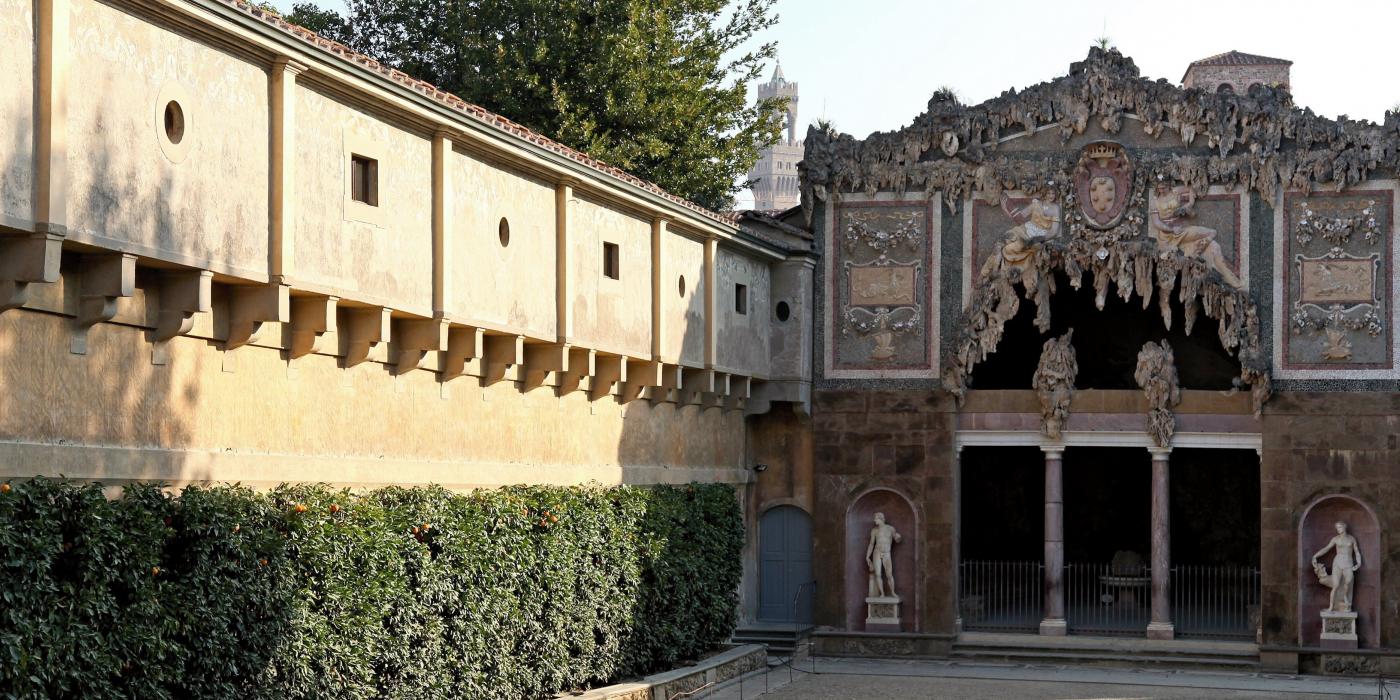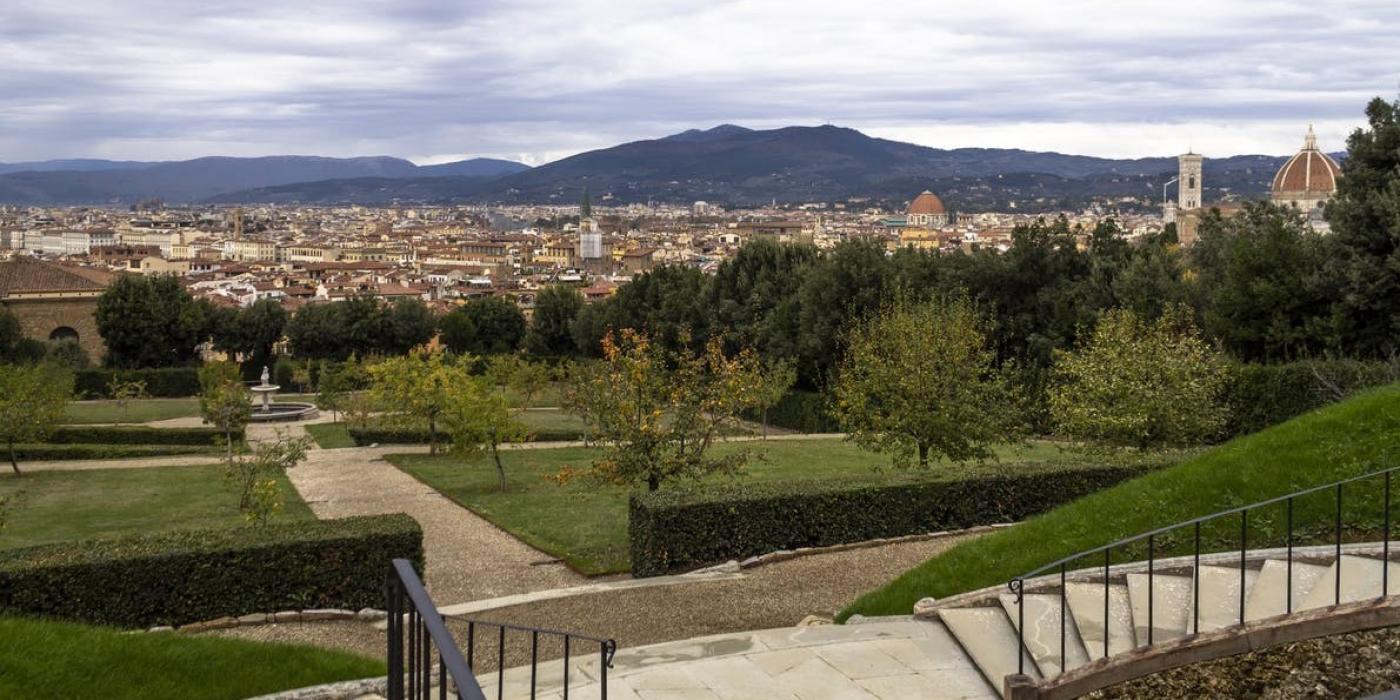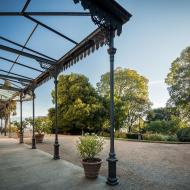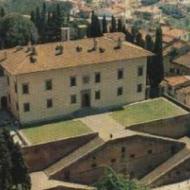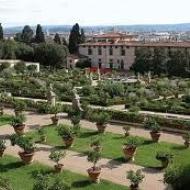The wonderful Boboli Garden lies behind the Pitti Palace. The Medici first created it, inventing the model of the Italian garden that was copied by many European Courts. The Garden was designed by Niccolò Pericoli, called Tribolo, an artist who had already proven his skills by designing the gardens of two Medici villas at Castello and Petraia, however the work was executed by others. Starting with a rather simple initial design, the architecture became more complex in the 17th century and today’s style is the result of other changes that took place in the 18th and 19th century.
The vast green area is indeed an outdoor museum, filled with ancient and Renaissance statues, adorned with caves, above all the famous cave by Bernardo Buontalenti, and large fountains topped with mythological sculptures. The terraced area is particularly suggestive, where the 18th century Kaffeehaus pavilion is located, rare example of rococo architecture in Tuscany, or the Limonaia, built by Zanobi del Rosso between 1777 and 1778 to house the Medici citrus collection. A walk through this garden in any season captures the spirit of court life.
The vast green area is indeed an outdoor museum, filled with ancient and Renaissance statues, adorned with caves, above all the famous cave by Bernardo Buontalenti, and large fountains topped with mythological sculptures. The terraced area is particularly suggestive, where the 18th century Kaffeehaus pavilion is located, rare example of rococo architecture in Tuscany, or the Limonaia, built by Zanobi del Rosso between 1777 and 1778 to house the Medici citrus collection. A walk through this garden in any season captures the spirit of court life.
Access notes:
Closed on 1st and last Monday of the month; 25th December; 1st January.
The last admission is one hour before closing.
Direct access from the ticket office and entry into the first available visit slot. To access all the museums of Palazzo Pitti, Firenzecard holders must first go to the ticket office in Piazza Pitti 1.
Free admission every 1st Sunday of the month; priority access suspended.
Access for disabled:
Photo gallery
Museum timetables:
Related museums
